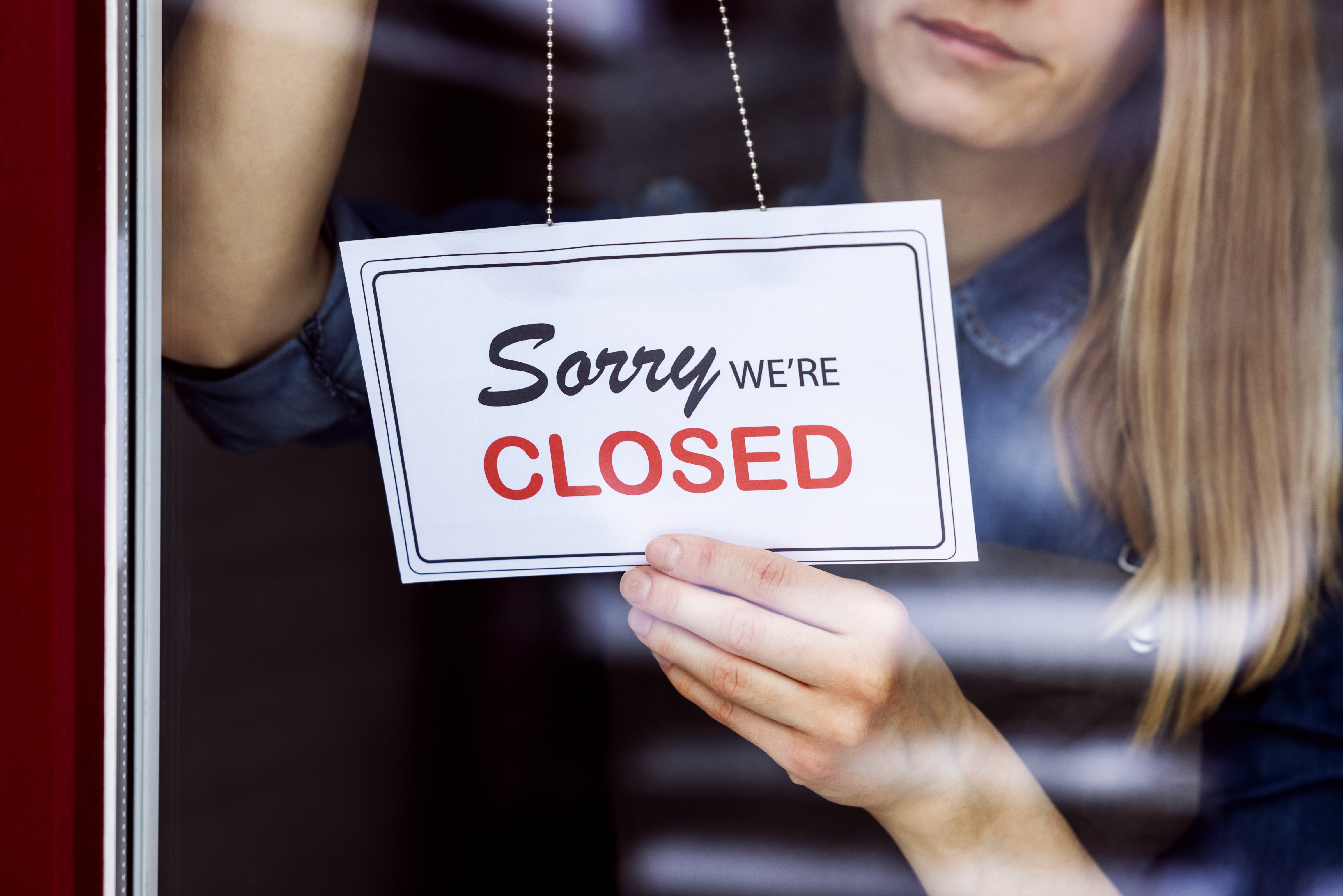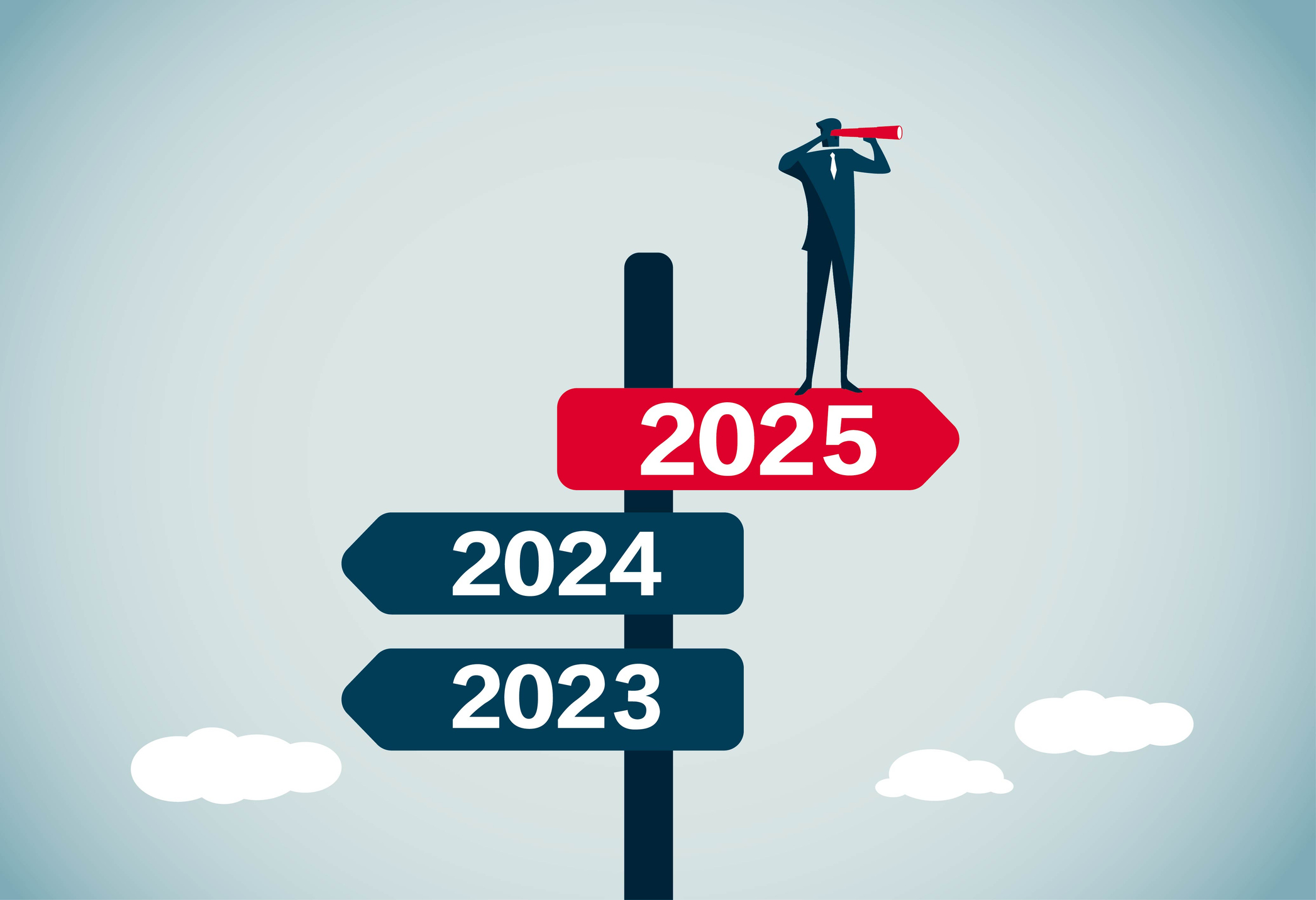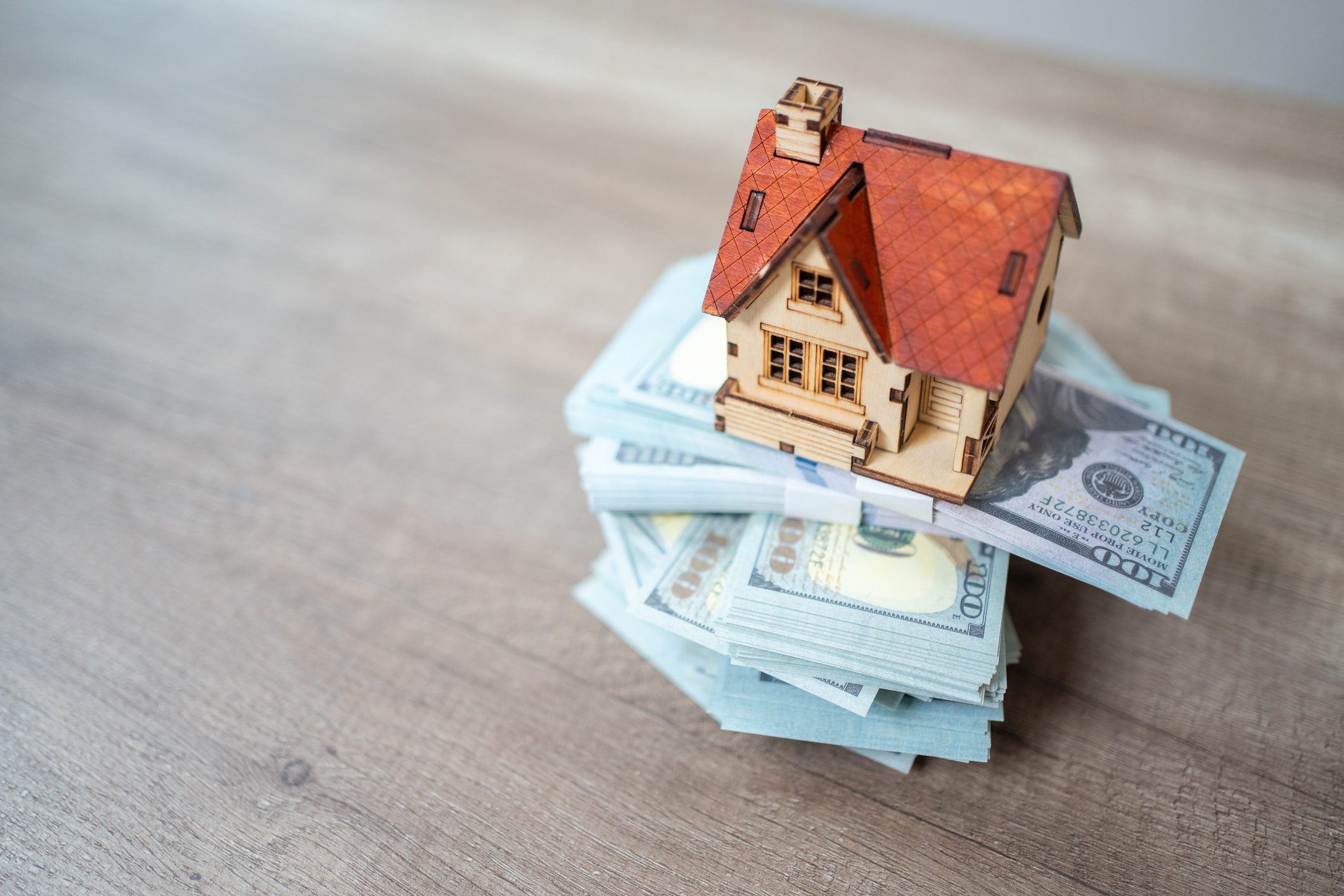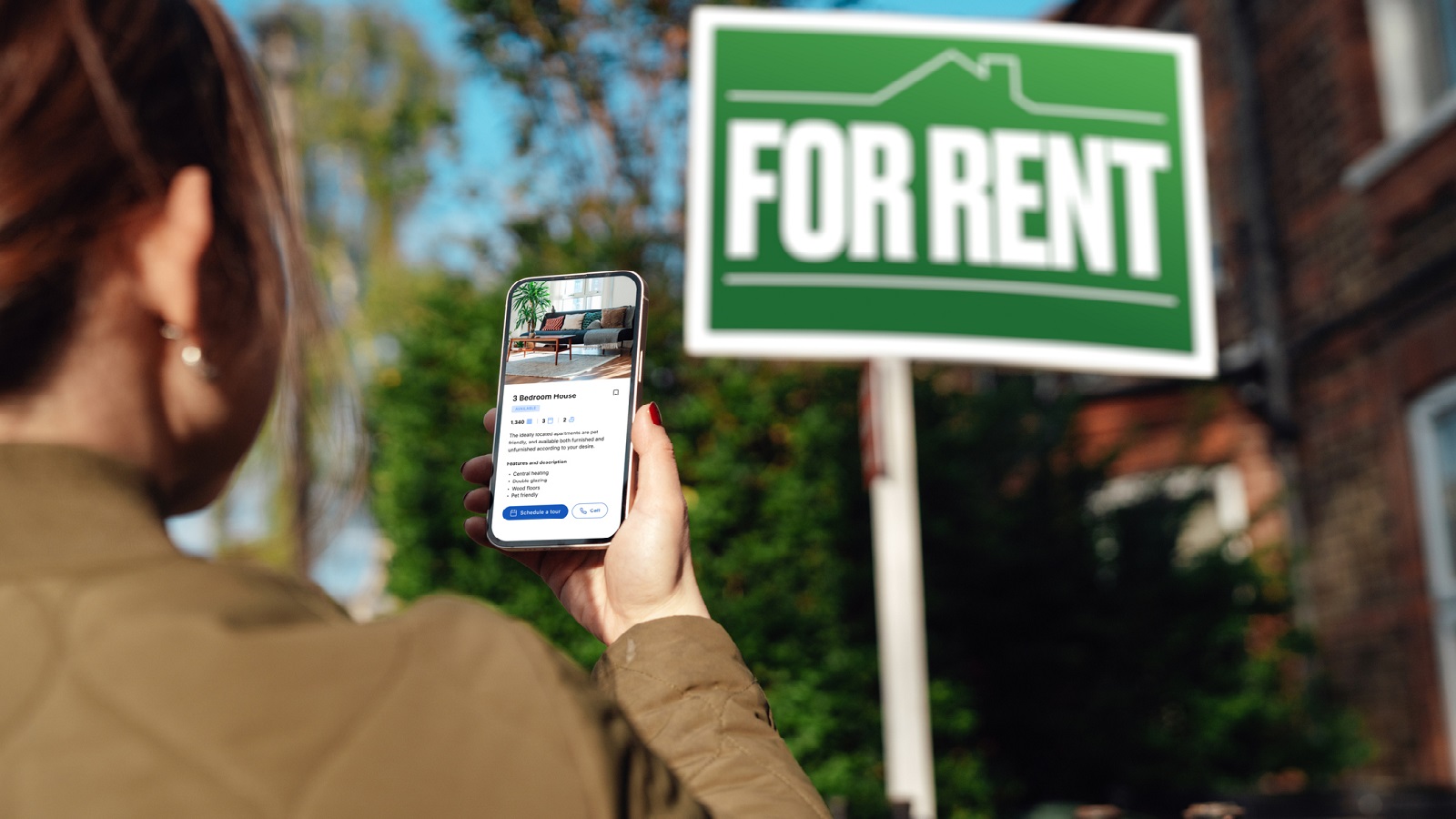As Mortgage Rates Rise, Renting Is Now Cheaper Than Buying for Many: The Kiplinger Letter
A jump in mortgage rates has caused housing affordability to slump and priced many first-time home buyers out of the market.

To help you understand how high mortgage rates and lean inventory are impacting the real estate sector and what we expect to happen in the future, our highly experienced Kiplinger Letter team will keep you abreast of the latest developments and forecasts (Get a free issue of The Kiplinger Letter or subscribe). You'll get all the latest news first by subscribing, but we will publish many (but not all) of the forecasts a few days afterward online. Here’s the latest…
Housing affordability is at its lowest point in almost two decades. It has continued to worsen this year as mortgage rates have hovered above 7% since mid-August Affordability is down 8% from a year ago as the average rate on a 30-year mortgage has risen to its highest since 2000, alongside rising home prices.
It costs the average household 44.6% of its income to afford a median-priced home, and renting is cheaper than buying for many folks. Despite the costs of renting and homeownership increasing after the pandemic, renting is more affordable than owning in most metro areas. Renting vs. buying comes out even in some cities, like El Paso, Texas, and Pittsburgh, Pennsylvania. Buying pays off in New Orleans, Louisana and Jackson, Mississippi.

Sign up for Kiplinger’s Free E-Newsletters
Profit and prosper with the best of expert advice on investing, taxes, retirement, personal finance and more - straight to your e-mail.
Profit and prosper with the best of expert advice - straight to your e-mail.
Note that the median income of home buyers is now at a record high. It leapt to $107,0000 in 2023 from $88,000 last year as less affluent buyers got priced out.
Unsurprisingly, the recent rise in homeownership rates is beginning to stall. The latest Census Bureau data show that the homeownership rate has been flat over the past year, at 66%. In the second quarter of 2020, it was 68%. A drop in the share of folks under 35 years of age who own their home has led to the decline, with the seasonally adjusted homeownership rate for this group falling to 38.0% in the third quarter from 38.6% in the second quarter, the lowest since 2021.
Higher mortgage rates are lowering the number of first-time homebuyers, making up 32% of all buyers so far in 2023, up from last year’s historic low of 26% but below the average of 38% since 1981. The jump in mortgage rates since the summer has priced many first-time homebuyers out of the market while others are waiting for mortgage rates or home prices to fall, to give them a more palatable mortgage payment. But they may be waiting a long time as rates stay elevated and inventories stay lean.
This forecast first appeared in The Kiplinger Letter, which has been running since 1923 and is a collection of concise weekly forecasts on business and economic trends, as well as what to expect from Washington, to help you understand what’s coming up to make the most of your investments and your money. Subscribe to The Kiplinger Letter.
Related Content
Get Kiplinger Today newsletter — free
Profit and prosper with the best of Kiplinger's advice on investing, taxes, retirement, personal finance and much more. Delivered daily. Enter your email in the box and click Sign Me Up.

Rodrigo Sermeño covers the financial services, housing, small business, and cryptocurrency industries for The Kiplinger Letter. Before joining Kiplinger in 2014, he worked for several think tanks and non-profit organizations in Washington, D.C., including the New America Foundation, the Streit Council, and the Arca Foundation. Rodrigo graduated from George Mason University with a bachelor's degree in international affairs. He also holds a master's in public policy from George Mason University's Schar School of Policy and Government.
-
 Which Stores Are Closing (and Which Aren’t) for Easter 2025?
Which Stores Are Closing (and Which Aren’t) for Easter 2025?Dozens of major retailers are planning to close their doors on April 20. Find out which of your go-to stores are on the list.
By Rachael Green Published
-
 What 401(k) Savers Near Retirement Can Do Amid Market Volatility
What 401(k) Savers Near Retirement Can Do Amid Market VolatilityWhether retirement is years away, a year or two out, or in the rearview mirror, here's how to handle uncertainty in your 401(k).
By Donna Fuscaldo Published
-
 What To Know if You’re in the Market for a New Car This Year
What To Know if You’re in the Market for a New Car This YearThe Kiplinger Letter Buying a new car will get a little easier, but don’t expect many deals.
By David Payne Published
-
 10 Predictions for 2025 from The Kiplinger Letter
10 Predictions for 2025 from The Kiplinger LetterThe Kiplinger Letter As 2025 arrives, here are our top 10 forecasts for the new year.
By Letter Editors Published
-
 Universal Savings Accounts Are Like Roth IRAs, But With a Twist
Universal Savings Accounts Are Like Roth IRAs, But With a TwistThe Tax Letter Republican lawmakers and conservative think tanks are proposing a new type of tax-advantaged savings account. Think Roth IRAs, but not just for retirement.
By Joy Taylor Published
-
 Will Lower Mortgage Rates Bring Relief to the Housing Market?
Will Lower Mortgage Rates Bring Relief to the Housing Market?The Kiplinger Letter As mortgage rates slowly come down here's what to expect in the housing market over the next year or so.
By Rodrigo Sermeño Published
-
 Aging in Place Will Be Big Business for Home Builders
Aging in Place Will Be Big Business for Home BuildersThe Kiplinger Letter Many people will be looking to make their homes aging-friendly in the years to come.
By David Payne Published
-
 Car Prices Are Finally Coming Down
Car Prices Are Finally Coming DownThe Kiplinger Letter For the first time in years, it may be possible to snag a good deal on a new car.
By David Payne Published
-
 New Graduates Navigate a Challenging Labor Market
New Graduates Navigate a Challenging Labor MarketThe Kiplinger Letter Things are getting tough for new graduates. Job offers are drying up and the jobless rate is increasing. Are internships the answer?
By David Payne Last updated
-
 Landlord With Rental Income? See if You Qualify for a 20% Tax Break
Landlord With Rental Income? See if You Qualify for a 20% Tax BreakThe Tax Letter Many landlords are eligible to take the 20% tax deduction for qualified business income
By Joy Taylor Published